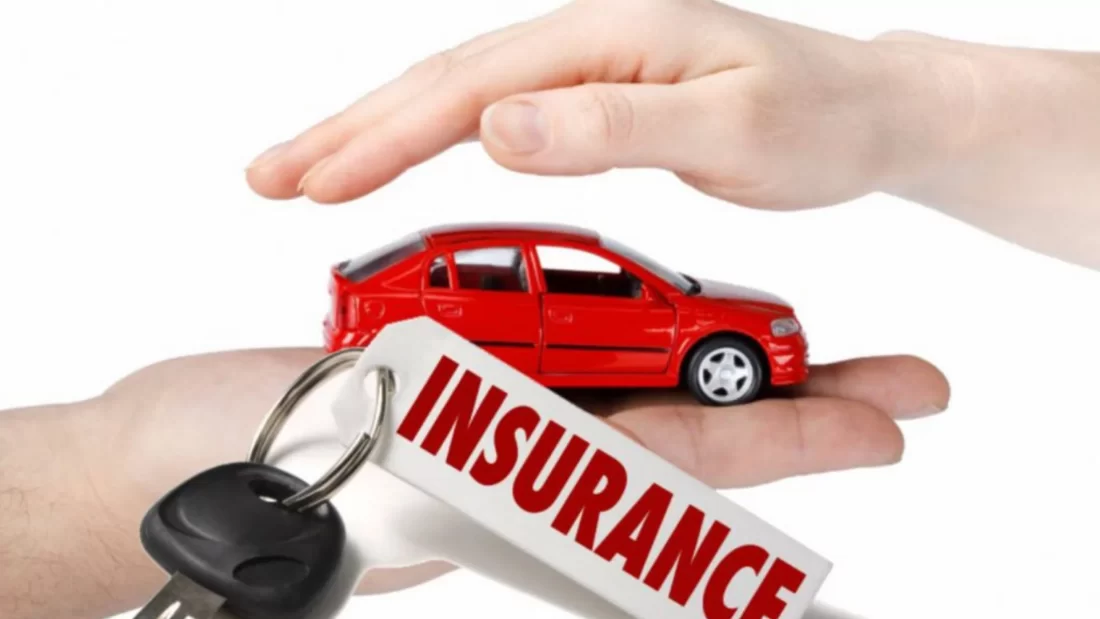Shopping for car insurance can feel like wading through a sea of options—different companies, coverage types, and rates all clamoring for your attention. While it may seem tempting to just go for the cheapest option, the right policy should balance affordability with adequate coverage tailored to your needs. Here’s a guide to help you navigate the process with confidence, peppered with real-life insights and practical tips.

1. Understand Your Needs
Before diving into comparisons, it’s crucial to understand what you’re looking for. Are you a daily commuter? Do you drive a luxury vehicle? Your driving habits and vehicle type will play a significant role in determining the coverage you need. For instance, if you’re a new driver with an older car, you might prioritize liability insurance over comprehensive coverage. On the other hand, if you’ve recently invested in a brand-new SUV, comprehensive and collision coverage might be a must.
Real-life example: My friend Lisa drives a 15-year-old sedan she lovingly calls “Old Reliable.” For her, full coverage didn’t make sense because the cost exceeded the car’s value. She opted for liability insurance, saving hundreds annually.
2. Compare Coverage Options
Not all policies are created equal. When comparing auto insurance quotes, look beyond the price and dig into what’s covered. Liability insurance covers damages to others if you’re at fault, but it doesn’t protect your vehicle. Comprehensive vehicle insurance adds coverage for non-collision-related damage, like theft or natural disasters, while collision insurance helps with repairs if you’re in an accident.
Pro tip: Don’t forget about add-ons like roadside assistance, rental reimbursement, or gap insurance. These can be lifesavers in unexpected situations but may not come standard with all policies.
3. Check the Deductibles
A deductible is the amount you’ll pay out of pocket before your insurance kicks in. Lower deductibles mean higher premiums, while higher deductibles lower your premium but increase your financial responsibility in the event of a claim. Consider your financial situation when choosing a deductible.
Example: I once chose a $1,000 deductible to save on premiums. When a minor fender bender occurred, the repair bill was $800—entirely out of pocket. In hindsight, a lower deductible would have made more sense.
4. Assess the Company’s Reputation
An insurance company’s reputation is just as important as its rates. Research customer reviews, claims processes, and satisfaction ratings. A cheap policy won’t feel like a bargain if the company is difficult to work with when you need them most.
Practical advice: Look at third-party ratings from organizations like J.D. Power or AM Best to gauge the company’s financial stability and customer service quality. A strong track record is a good sign they’ll be reliable in tough times.
5. Ask About Discounts
Insurance companies often offer discounts that can significantly lower your premium. Common ones include:
- Bundling: Combining auto insurance with homeowners or renters insurance.
- Safe driver discounts: For drivers with clean records.
- Good student discounts: For students maintaining a certain GPA.
- Low mileage discounts: If you drive fewer miles annually.
Pro tip: Don’t be afraid to ask about discounts. When I called my insurer to inquire about ways to save, they found a multi-policy discount I qualified for but wasn’t automatically applied—saving me $150 a year.
6. Review Policy Limits
Your policy limits define the maximum amount your insurance will pay for a claim. While the minimum required limits in your state might suffice legally, they may not be enough to cover a serious accident. Consider increasing your limits if you have significant assets to protect.
Example: A coworker was involved in a multi-car accident where damages exceeded her policy limits. She ended up paying out of pocket for the difference—a costly lesson in why higher limits matter.
7. Beware of Fine Print
Before signing on the dotted line, read the policy’s terms and conditions carefully. Exclusions, limitations, and coverage stipulations can vary widely between insurers. Ensure you fully understand what is and isn’t covered.
Real-life insight: A friend thought her policy covered her when she rented a car on vacation, only to discover later that it didn’t. She ended up paying out of pocket for damage that could have been avoided with a quick policy review.
8. Leverage Online Tools
Comparison websites like NerdWallet or The Zebra make it easier than ever to compare multiple quotes side by side. These tools can save you time and help you identify competitive rates.
Pro tip: While online tools are convenient, remember to verify details directly with the insurer to ensure accuracy.
9. Consider Customer Service
When something goes wrong, you want an insurance company that responds quickly and resolves issues efficiently. Test their customer service by calling with a few questions before purchasing. Their responsiveness can be a good indicator of how they’ll handle claims.
10. Reassess Regularly
Your insurance needs can change over time. Maybe you moved to a safer neighborhood, paid off your car, or added a teen driver to your policy. Reassess your coverage annually to ensure it still meets your needs and remains competitively priced.
Example: After moving to a rural area, my insurance premium dropped significantly. A quick call to my insurer updated my address and saved me $200 a year.
Final Thoughts
Shopping for car insurance doesn’t have to be overwhelming. By understanding your needs, comparing coverage options, and asking the right questions, you can find a policy that provides peace of mind without breaking the bank. Remember, the cheapest policy isn’t always the best. Take your time, do your research, and choose coverage that protects you and your vehicle for the long haul.
What’s your car insurance story? Share your experiences—good or bad—in the comments below. You never know who might benefit from your wisdom!




